Cellophane Overwrapping Machine vs. Shrink Wrap
When it comes to packaging solutions, two popular options that often come head-to-head are cellophane overwrapping machines and shrink wrap systems. Both offer unique advantages, but which one is the right choice for your specific needs? Cellophane overwrapping machines provide a sleek, professional finish with a tight, transparent wrap that enhances product visibility and protection. On the other hand, shrink wrap offers versatility and cost-effectiveness for a wide range of product sizes and shapes. This article will delve into the key differences, benefits, and applications of each method, helping you make an informed decision for your packaging requirements. Whether you're in the pharmaceutical, cosmetics, or food industry, understanding these packaging solutions is crucial for optimizing your production line and enhancing your product presentation.
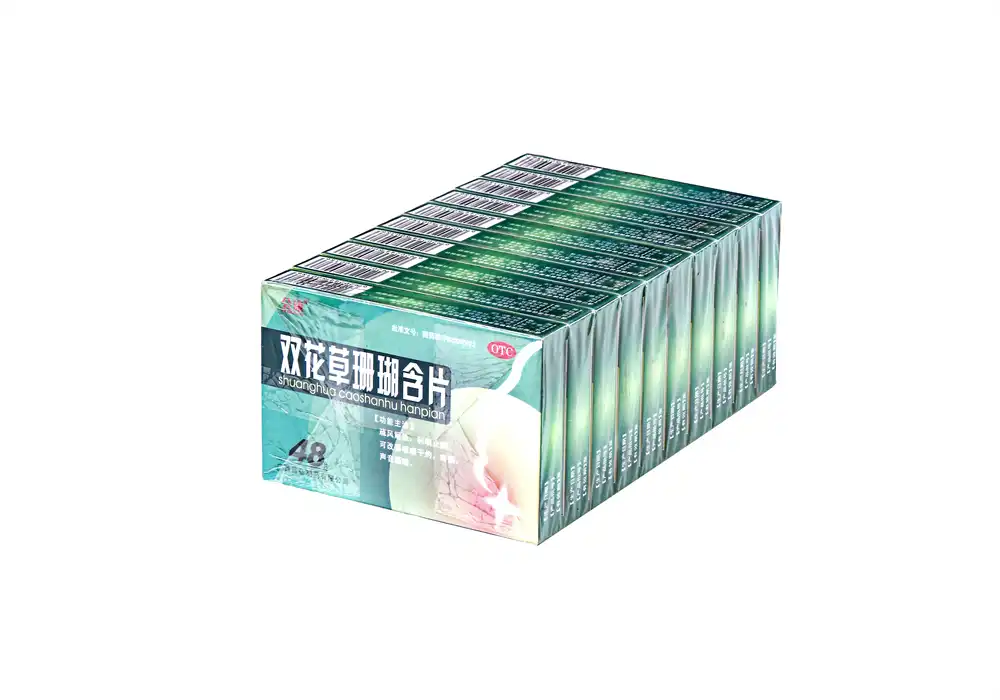
Understanding Cellophane Overwrapping Machines
The Technology Behind Cellophane Overwrapping
Cellophane overwrapping machines utilize a sophisticated mechanism to encase products in a thin, transparent film. This process involves feeding the product into the machine, where it's precisely measured and wrapped with cellophane. The film is then folded and sealed around the item, creating a snug, protective layer. Advanced models incorporate heat-sealing technology, ensuring a secure and tamper-evident package.
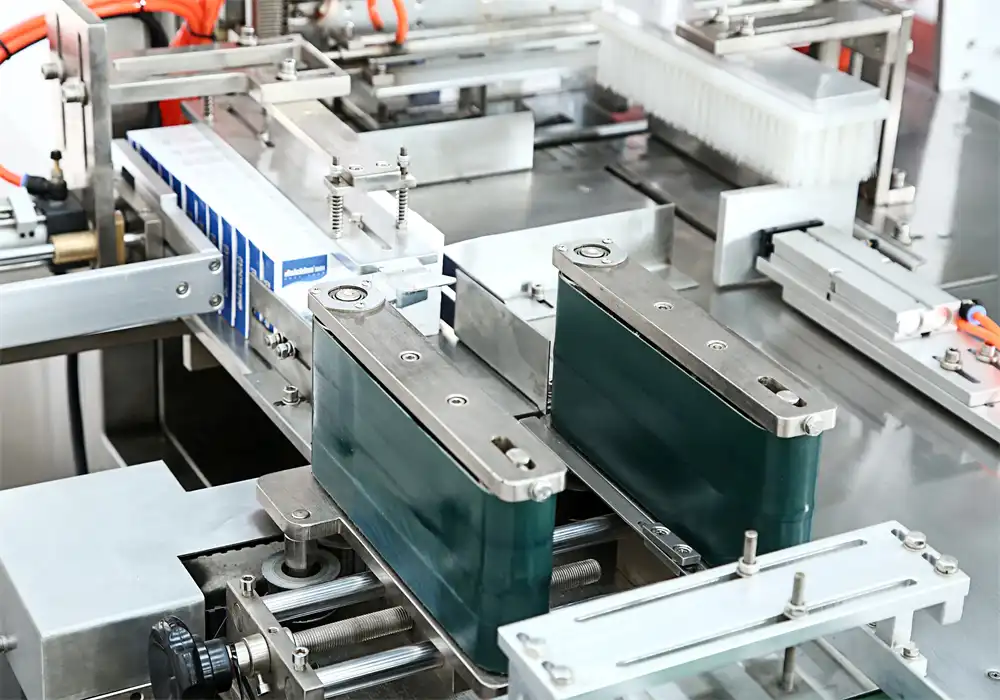
Benefits of Cellophane Overwrapping
The advantages of using a cellophane overwrapping machine are numerous. Firstly, it provides superior product visibility, allowing customers to see the item clearly. This transparency is particularly beneficial for showcasing the quality and aesthetics of products like cosmetics or luxury goods. Additionally, cellophane offers excellent moisture resistance, making it ideal for preserving freshness in food items. The tight wrap also adds a layer of protection against dust and minor impacts during transportation and handling.
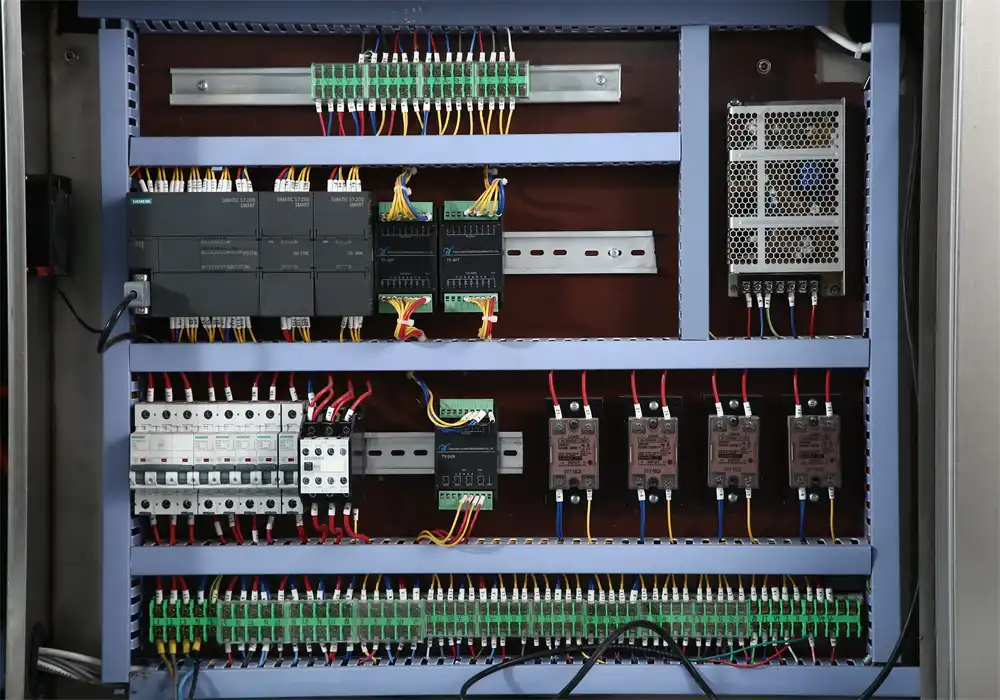
Industries and Products Suited for Cellophane Overwrapping
Cellophane overwrapping machines find extensive use across various sectors. In the pharmaceutical industry, they're invaluable for packaging medications, ensuring hygiene and tamper-evidence. The cosmetics sector benefits from the elegant presentation cellophane provides, enhancing the perceived value of beauty products. Food manufacturers utilize these machines for packaging confectionery, baked goods, and other perishables, extending shelf life while maintaining an appetizing appearance. The versatility of cellophane overwrapping extends to stationery, tobacco products, and even certain electronic items, offering a professional finish that appeals to consumers.

Exploring Shrink Wrap Technology
The Shrink Wrap Process Explained
Shrink wrap technology operates on a different principle compared to cellophane overwrapping. The process involves encasing the product in a loose plastic film, which is then exposed to heat. This heat causes the film to contract, creating a tight seal around the item. The shrinking action conforms to the product's shape, resulting in a custom-fit package. Modern shrink wrap systems often incorporate tunnel ovens or heat guns to ensure uniform shrinkage and a smooth finish.
Advantages of Shrink Wrapping
Shrink wrap offers several distinct benefits. Its versatility is a major advantage, as it can accommodate products of varying sizes and shapes, from small electronic components to large furniture items. The tight seal provides excellent protection against moisture and dust, making it suitable for long-term storage and shipping. Shrink wrap is also known for its durability, resisting tears and punctures effectively. From a cost perspective, shrink wrap materials are often more economical, especially for larger items or bulk packaging needs.
Common Applications of Shrink Wrap
The applications of shrink wrap are diverse and widespread. In the retail sector, it's commonly used for bundling multiple items together, such as multipacks of beverages or snacks. The logistics and transportation industry relies heavily on shrink wrap for securing pallets and large shipments. Publishers use it to protect books and magazines during distribution. Even in the construction industry, shrink wrap finds application in weatherproofing materials and equipment. Its ability to conform tightly to irregular shapes makes it a go-to solution for packaging oddly shaped or bulky items that might be challenging for other packaging methods.
Comparing Cellophane Overwrapping Machines and Shrink Wrap Systems
Cost Analysis: Initial Investment and Operational Expenses
When considering the financial aspects, cellophane overwrapping machines typically require a higher initial investment. These machines are more complex, incorporating precision mechanisms for folding and sealing. However, they often offer lower operational costs in the long run, especially for high-volume production. The cellophane film itself is generally more expensive than shrink wrap material, but it yields a higher-quality finish that can justify the cost for premium products. Shrink wrap systems, while less expensive upfront, may incur higher energy costs due to the heat required in the shrinking process. The choice between the two often depends on production volume, product value, and long-term operational considerations.
Environmental Considerations and Sustainability
In today's environmentally conscious market, the sustainability of packaging solutions is a crucial factor. Cellophane, being derived from renewable plant sources, is often perceived as more eco-friendly. Many types of cellophane are biodegradable, aligning with green packaging initiatives. However, the production process of cellophane can be energy-intensive. Shrink wrap, typically made from polyolefin or PVC, is not biodegradable but is often recyclable. Some manufacturers are now developing more sustainable shrink wrap options, including those made from recycled materials or biodegradable polymers. When choosing between these packaging methods, companies must consider their environmental impact and align with their sustainability goals.
Speed and Efficiency in Production Lines
The efficiency of packaging processes can significantly impact overall production output. Cellophane overwrapping machines excel in high-speed, continuous production environments. They can handle a large volume of uniformly sized products with precision and consistency. Advanced models can achieve impressive speeds, making them ideal for industries with high-volume packaging needs. Shrink wrap systems, while versatile, may require more time for heat application and cooling. However, they offer flexibility in handling products of varying sizes without major machine adjustments. For production lines with diverse product ranges or frequent changeovers, shrink wrap systems might provide better overall efficiency. The choice ultimately depends on the specific production requirements, product variety, and desired output rate.
Conclusion
In conclusion, the choice between a cellophane overwrapping machine and a shrink wrap system depends on various factors including product type, production volume, budget, and environmental considerations. Cellophane overwrapping machines offer superior finish and visibility, making them ideal for high-end products and industries where presentation is paramount. Shrink wrap systems provide versatility and cost-effectiveness, suitable for a wide range of applications, especially in logistics and bulk packaging. As packaging technology continues to evolve, both methods are seeing improvements in efficiency and sustainability. Ultimately, the right choice will align with your specific packaging needs, production goals, and brand values.
Contact Us
Ready to upgrade your packaging process? Contact Zhejiang Haizhong Machinery Co.,Ltd. at [email protected] for expert advice on selecting the perfect cellophane overwrapping machine for your business needs.
References
Johnson, A. (2022). Advanced Packaging Technologies in the Modern Industry. Industrial Engineering Quarterly.
Smith, B. & Lee, C. (2021). Comparative Analysis of Packaging Methods: Cellophane vs. Shrink Wrap. Journal of Packaging Science and Technology.
Green Packaging Solutions: A Comprehensive Guide. (2023). Environmental Science & Technology.
Rodriguez, M. (2022). Efficiency in Production Lines: Packaging Machine Innovations. Manufacturing Technology Today.
Thompson, D. (2023). The Economics of Industrial Packaging: Cost Analysis and ROI. Business Operations Review.
Wang, L. et al. (2021). Sustainability in Packaging: Materials, Methods, and Future Trends. Sustainable Manufacturing and Recycling Technology.

Submit the form now to get a unique quote!
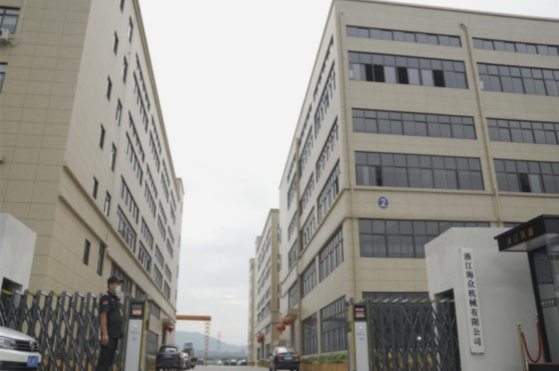
ZHEJIANG HAIZHONG MACHINERY CO., LTD.
Popular Blogs
-
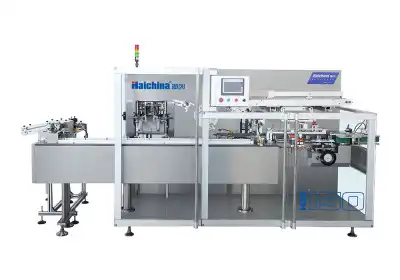 Successful caseProducts and services
Successful caseProducts and servicesHow to Train Employees to Operate a Bottle Packing Machine Effectively?
-
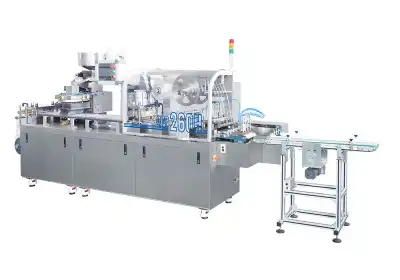 Successful caseIndustry insights
Successful caseIndustry insightsThe Blister Packaging Process: A Complete Step-by-Step Guide
-
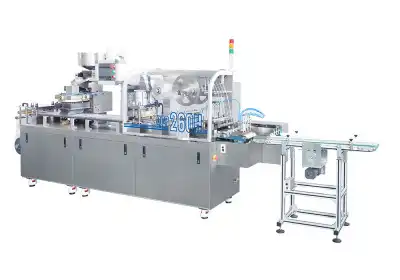 Successful caseComparative analysisIndustry insights
Successful caseComparative analysisIndustry insightsWhat Type of PVC Is Best for Blister Packing Machines?